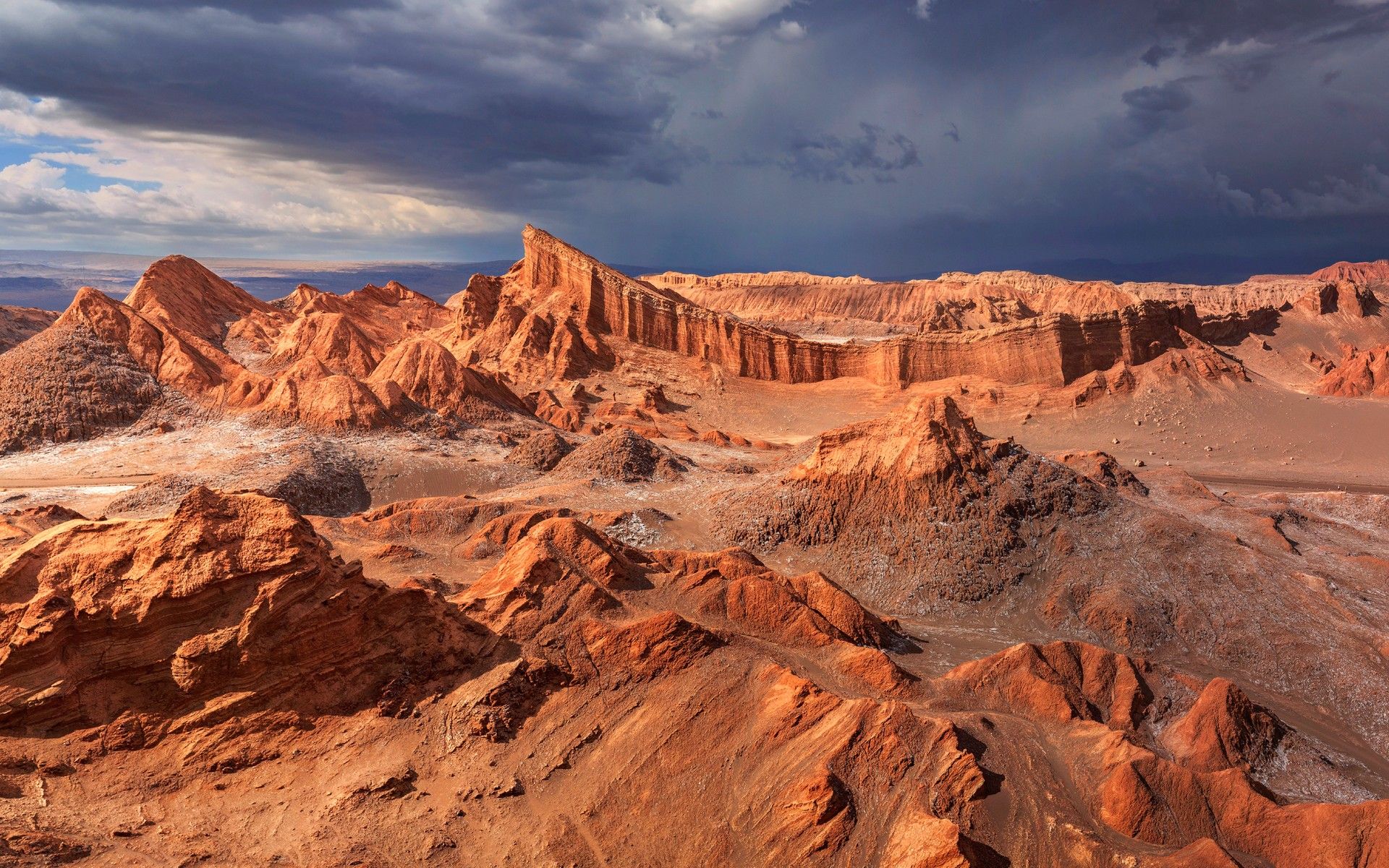
Embark on a captivating journey on the luxury cruise "Cruise from Chile to Peru," starting in the vibrant city of Valparaíso, Chile, and concluding in the bustling port of Callao, Lima. This enchanting voyage will take you along the stunning coasts of South America, allowing you to explore the rich cultural tapestries and breathtaking landscapes of the region. As you sail, you'll have the opportunity to visit several intriguing locations such as Coquimbo with its ancient petroglyphs, and the historic city of Antofagasta. Discover the Chili-Peruvian gateway, Matarani, for a taste of Arequipa's colonial elegance. Moreover, explore the remarkable Paracas Peninsula, where the mysterious Nazca Lines and vibrant Ballestas Islands await your discovery. During this luxury cruise, indulge in a variety of exciting activities. Unwind with a spa treatment on sea days, or refine your photography skills with expert guidance on board. Relish the breathtaking landscapes as you engage in shore excursions, from stargazing in the Atacama Desert to savoring the rich flavors of Arequipa in local vineyards. These experiences promise to enrich your journey from Chile to Peru, providing memories to treasure for a lifetime.

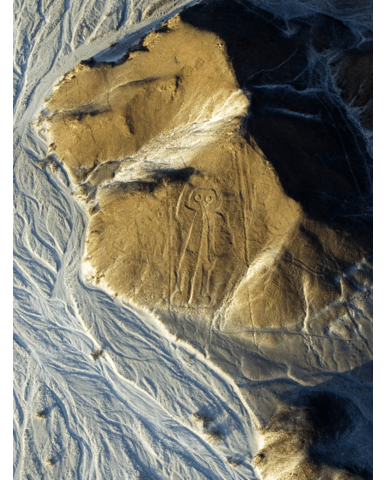
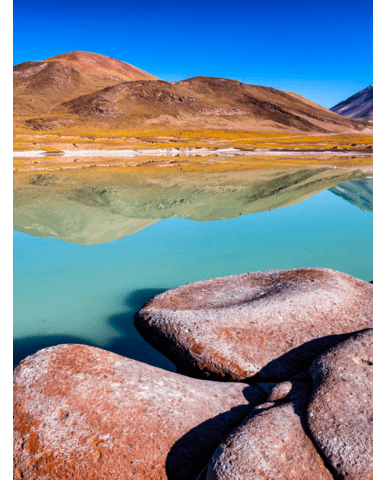
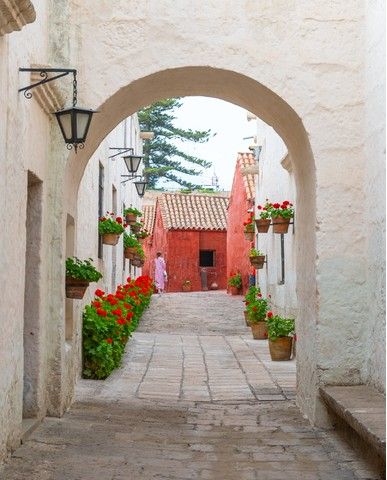
We'll take care of the finer details, allowing you to focus your full attention on your cultural expedition cruise experience. Our cruise fares are all- inclusive, so there are no surprise extras or unexpected gratuity bills. Relax in the full knowledge that all you have to do is have a wonderful time.
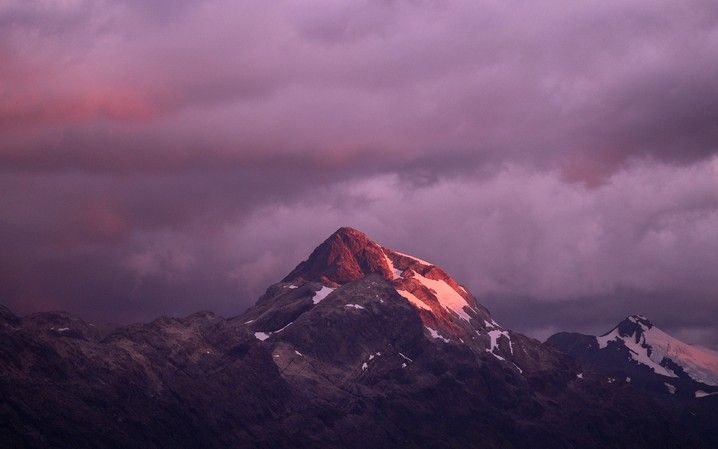
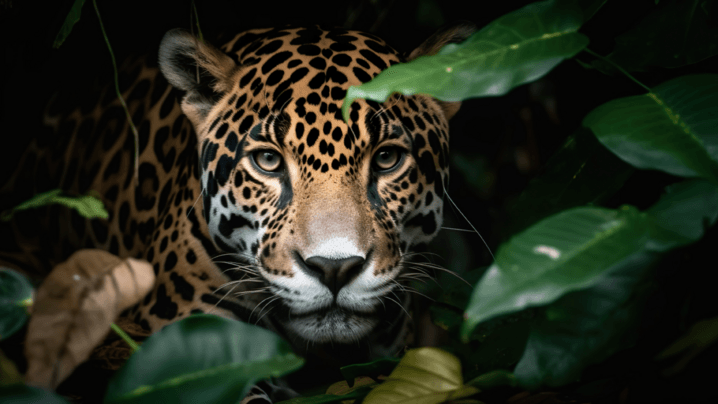
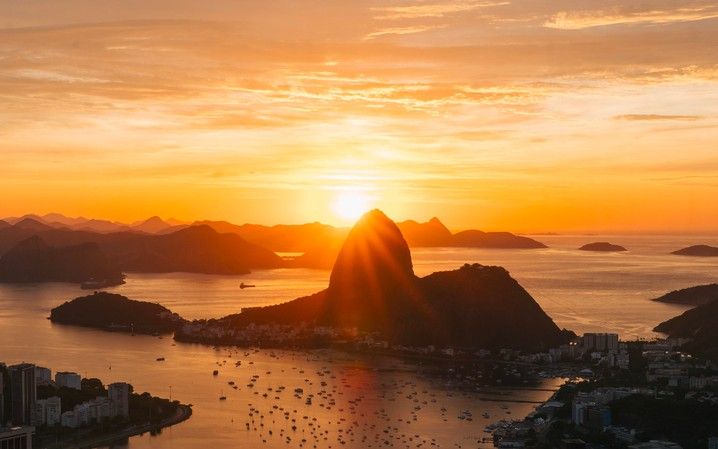
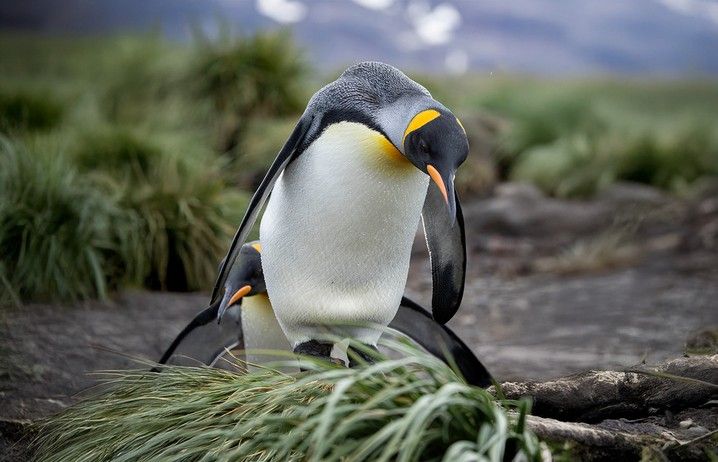
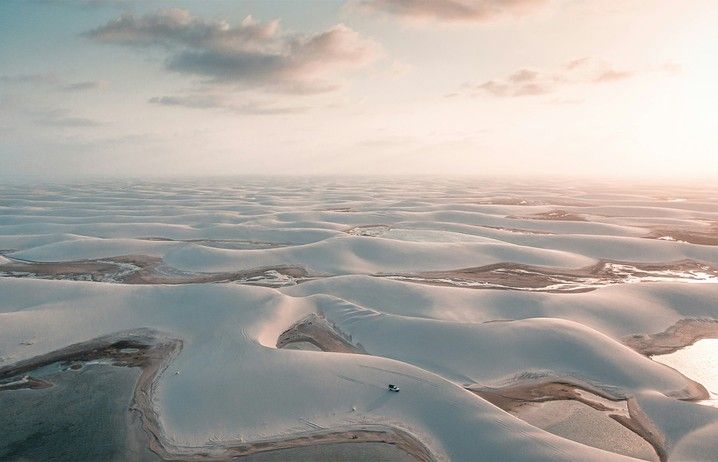
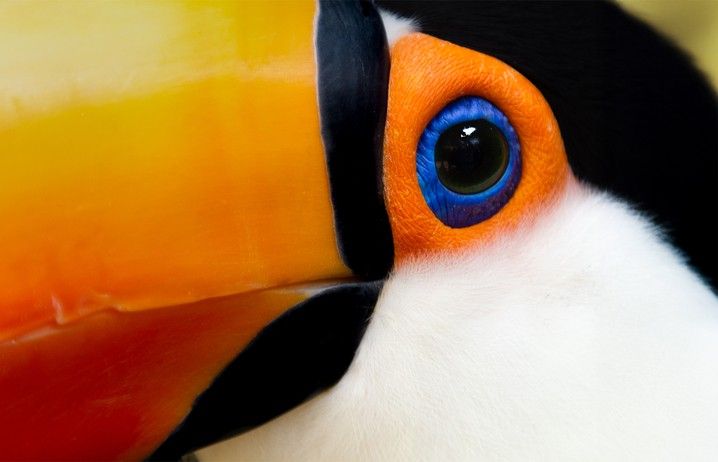
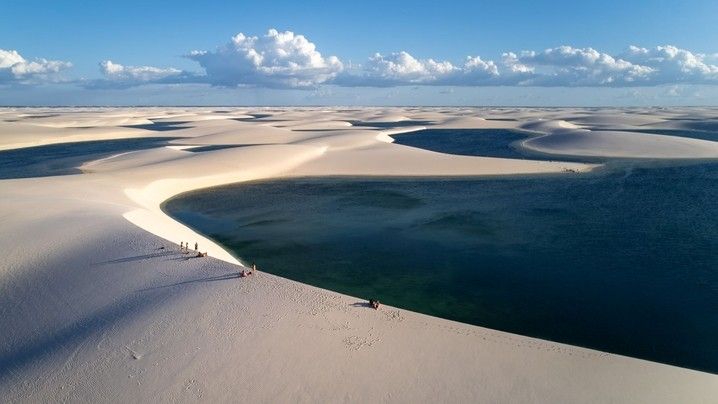

Whatever you need, we are here to satisfy your curious expedition mind whilst giving you the best experience possible. Simply complete the form below and one of our expedition specialists will come back to you shortly.
Whatever you need, we are here to satisfy your curious expedition mind whilst giving you the best experience possible. Simply complete the form below and one of our expedition specialists will come back to you shortly.
Whatever you need, we are here to satisfy your curious expedition mind whilst giving you the best experience possible. Simply complete the form below and one of our expedition specialists will come back to you shortly.
You are about to land on the %loc% version of Swan Hellenic. Do you want to proceed?
I accept the chosen fare and services cancellation policy.